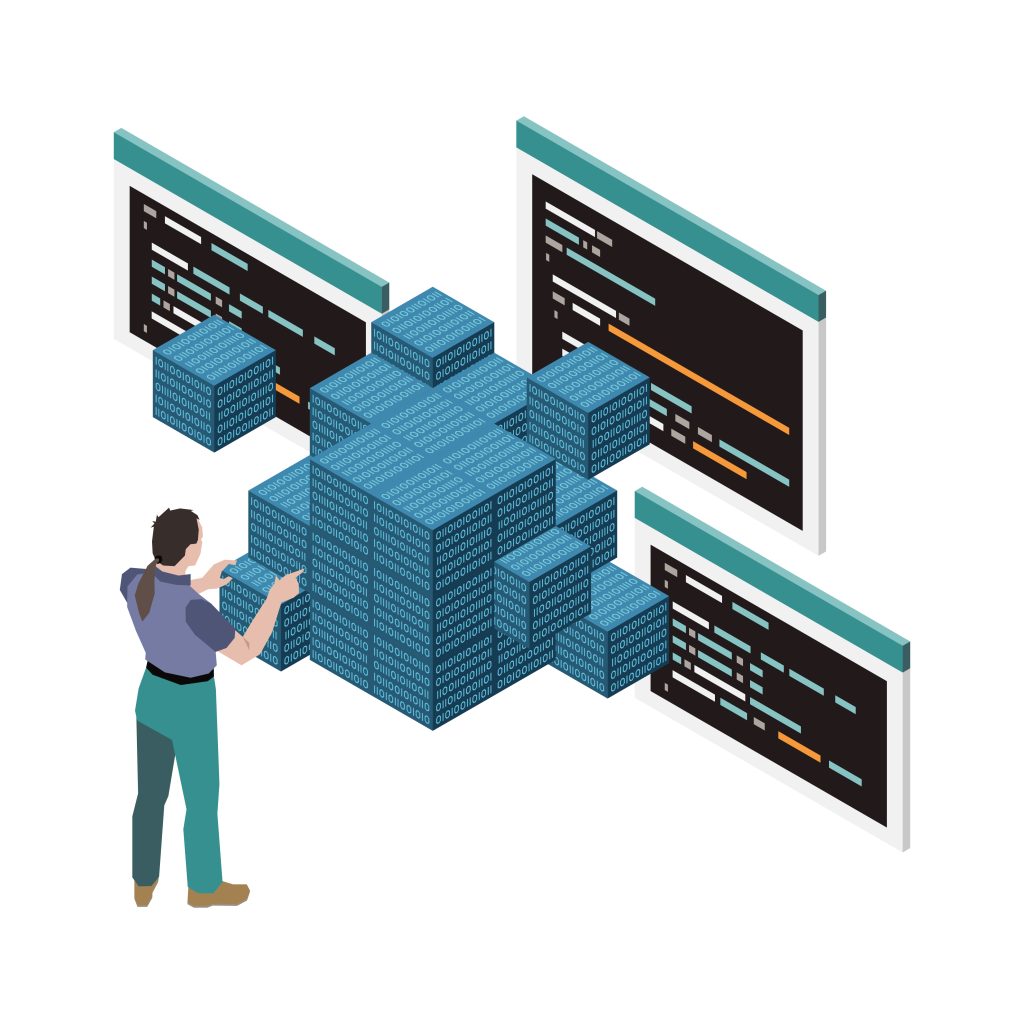
2025 is here, and the SaaS landscape is evolving faster than ever. Founders can no longer rely on the same old growth playbooks. New trends are redefining how software is built, sold, and scaled. From AI-driven automation to vertical SaaS dominance, staying ahead requires more than just keeping up—it demands foresight, adaptability, and a willingness to innovate. So, what’s shaping the next generation of SaaS businesses? Let’s dive into the key trends that will define the industry in 2025.
1. AI-Powered Everything: The New SaaS Standard
Artificial intelligence is no longer a nice-to-have; it’s the backbone of modern SaaS. In 2025, AI-driven tools are revolutionizing everything from customer support (think AI chatbots that feel human) to data analytics (predictive insights at lightning speed). SaaS companies that fail to integrate AI into their offerings will struggle to compete. Expect more no-code AI integrations, self-optimizing workflows, and hyper-personalized user experiences.
2. Vertical SaaS Takes Over: Industry-Specific Solutions Win Big
Generic SaaS solutions are giving way to highly specialized, industry-focused platforms. Whether it’s SaaS for healthcare, legal tech, or supply chain management, niche solutions are proving more valuable than one-size-fits-all platforms. The rise of vertical SaaS means founders should focus on solving industry-specific pain points rather than competing in overcrowded horizontal markets.
3. The Rise of Usage-Based Pricing Models
The subscription model is evolving. Instead of rigid monthly fees, more SaaS companies are adopting usage-based pricing (pay-as-you-go). Customers love it because they only pay for what they use. Founders love it because it scales with customer growth. Companies like Snowflake and Twilio have already capitalized on this trend—expect more SaaS businesses to follow suit in 2025.
4. Product-Led Growth (PLG) Becomes the Default Go-To-Market Strategy
Freemium models and self-serve experiences are no longer optional. In 2025, PLG is the dominant growth strategy. SaaS companies are prioritizing seamless onboarding, frictionless product experiences, and viral adoption loops to drive organic growth. If your product isn’t designed to sell itself, you’re already behind.
5. SaaS Security and Compliance Become Non-Negotiable
Cybersecurity threats are at an all-time high, and SaaS companies are prime targets. With stricter global regulations (like GDPR 2.0 and AI governance laws), compliance isn’t just a checkbox—it’s a competitive advantage. Expect more SaaS businesses to invest in end-to-end encryption, zero-trust architectures, and continuous security monitoring to win customer trust.
6. The Death of Traditional SaaS Marketing: Community-Led Growth Rises
Cold outreach and generic content marketing are losing effectiveness. The new era of SaaS growth is community-driven. Successful SaaS brands are building engaged user communities, leveraging brand advocates, and prioritizing peer-to-peer referrals. Platforms like Slack, Notion, and Figma have shown that a strong community can drive exponential growth.
7. AI-Powered Customer Success and Retention Strategies
Churn is the SaaS killer, and AI is the antidote. In 2025, AI-driven customer success platforms will predict churn risks, automate engagement strategies, and personalize customer interactions. The shift from reactive to proactive retention strategies will separate thriving SaaS companies from those struggling to keep customers.
8. The Expansion of Low-Code and No-Code SaaS Solutions
The demand for low-code and no-code solutions is skyrocketing. In 2025, more businesses will build and customize SaaS platforms without needing a dedicated development team. This democratization of software creation is accelerating innovation and reducing the time-to-market for new solutions.
9. The Convergence of SaaS and FinTech
Embedded finance is transforming SaaS. From integrated payment processing to in-app lending, SaaS companies are becoming financial service providers. Expect more software businesses to offer financial products, blurring the lines between SaaS and FinTech.
10. The Sustainability Imperative: Green SaaS Becomes a Differentiator
SaaS companies are facing increasing pressure to reduce their carbon footprint. Green cloud computing, energy-efficient data centers, and carbon-neutral operations are becoming key differentiators. In 2025, sustainability isn’t just good for the planet—it’s a factor customers consider when choosing software vendors.
11. Decentralization and Web3: The Next Big SaaS Frontier?
While Web3 adoption has been slow in SaaS, 2025 may be the tipping point. Decentralized applications (dApps), blockchain-based authentication, and tokenized SaaS models are gaining traction. Forward-thinking founders should explore how decentralized technology can enhance security, privacy, and transparency.
12. Multi-Cloud and Hybrid Cloud Adoption Accelerates
Lock-in fears are pushing SaaS companies toward multi-cloud strategies. Instead of relying on a single cloud provider, businesses are distributing workloads across AWS, Azure, and Google Cloud to enhance resilience and cost efficiency. Hybrid cloud setups are also becoming more common, giving companies greater control over data management.
13. International Expansion Becomes Easier with AI Localization
Breaking into global markets is easier than ever, thanks to AI-powered localization. Automated translations, culturally adaptive UX, and region-specific pricing strategies are enabling SaaS companies to scale internationally without massive overhead.
The Future is Now: How Founders Can Stay Ahead
The SaaS industry in 2025 is more dynamic, competitive, and innovation-driven than ever. To stay ahead, founders must:
- Embrace AI across product development, marketing, and customer success.
- Prioritize security and compliance as foundational business practices.
- Adopt flexible pricing models that align with customer needs.
- Invest in community-building to drive organic growth.
- Stay adaptable as new technologies like Web3 and decentralized applications emerge.
SaaS is evolving at breakneck speed, and the companies that adapt will thrive. The future belongs to those who innovate, experiment, and redefine what’s possible. Are you ready?
contact us at: https://lnkd.in/gihWy6sk.